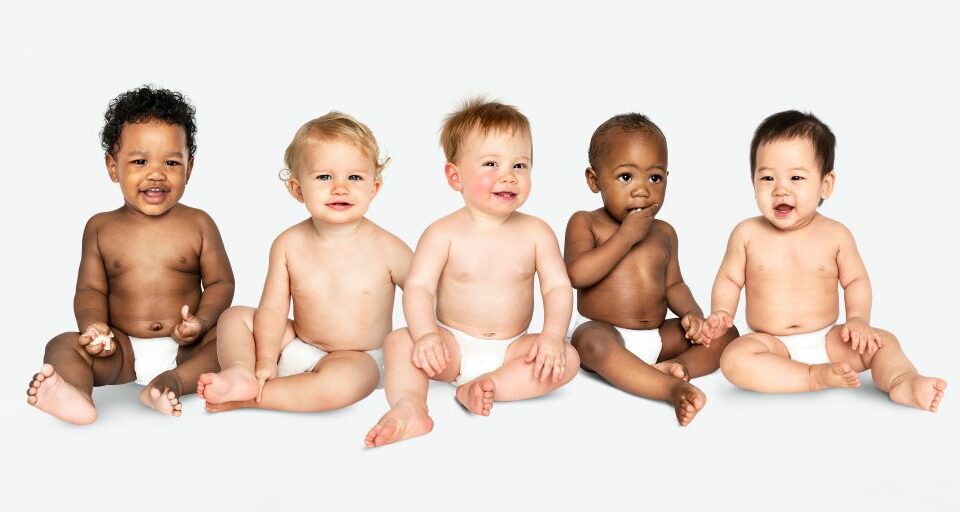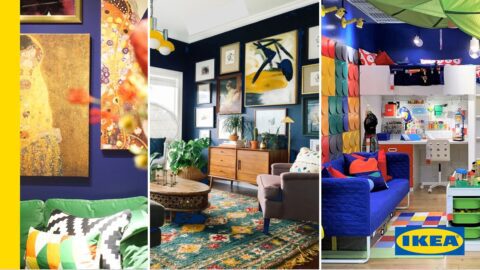Unlike many DTC brands that were born online and later found their way into physical retail, Monica + Andy has had a strong brick-and-mortar presence almost since its 2015 founding. Beginning with a single “guide shop” in Chicago’s Lincoln Park neighborhood, the babywear retailer “actually had 18 physical retail locations in our first three years,” said Founder and CEO Monica Royer. “And I think back to that and I’m like ‘What were we thinking to be a small company and taking on that level of physical retail?’”
But the gamble of quick expansion into brick-and-mortar paid off in the firsthand customer knowledge Monica + Andy gained. “We had a chance to come face to face with our customer every day, understand what they liked, understand what they didn’t like,” said Royer, speaking during the 2024 Retail Innovation Conference & Expo held last month in Chicago. “That three-year period was very much an incubation of the business.”
Royer discussed how the business has evolved since that time and some of her key growth strategies, including:
- The retailer’s February 2023 move into Walmart stores with its m&a by Monica + Andy everyday-low-priced products, and the trade-offs involved;
- The impact of licensing deals, such as the one Monica + Andy has with Disney, in building incremental sales and customer lifetime value (LTV); and
- Opportunities Monica + Andy is pursuing to increase the number of purchase occasions with a sharper focus on gift-givers.
A Fast Move into 1,200 Walmart Stores

Following a “single email outreach from Walmart” that Royer received in August 2022, the brand “delivered an initial $10 million business to Walmart that launched in February 2023 in about 1,200 of their stores,” she said. “That’s been a really exciting opportunity for us, to be able to bring this organic-first lifestyle to parents across a wider total addressable market than what were able to do with direct to consumer.
Advertisement
Walmart’s strong presence in the country’s heartland also was a good complement to Monica + Andy’s geographic reach, which is strongest on the country’s coasts and in LA, New York and Chicago. Royer is willing to give up one of the biggest advantages of running a DTC brand — deep customer knowledge — for the opportunity to reach more potential shoppers without significantly increasing its own marketing and customer acquisition costs.
“I think having an omnichannel business allows for more flexibility as you think about how to build into a long-term profitable business,” said Royer.
Licensing Deals Lead to Incremental Sales
Another way Monica + Andy is expanding its assortment is via licensing deals with Disney and Mattel (for Barbie-themed merchandise). Royer noted that while many expectant parents start their purchasing journey with Monica + Andy during pregnancy, and (hopefully) remain customers throughout their child’s baby and toddlerhood, the availability of licensed products is bringing in customers at various stages of their children’s lives. “We got into licensing, and we suddenly found that we can have this really great LTV even with a parent that’s buying us for the first time as a toddler parent,” said Royer.
Royer and her team worried that the licensed products would cannibalize sales of Monica + Andy’s own designs, but were pleased that most of these sales were additive: “Before [licensing] we were just doing our own prints and products, and then the first time we launched with Disney, we were saying ‘This will be people buying this instead of that.’ However, we found that those purchases were actually incremental. As we have surveyed our customers, they’ve told us to ‘sell us more and tell us more.’ So we quietly started to sell cribs and strollers and all of this other marketplace product that we don’t take ownership of, that’s then drop-shipped from other vendors.”
Royer admitted that the retailer has not put much effort into merchandising this wider assortment so far, but that that may change. “How do we think about ourselves? Aspirationally, like the Williams-Sonoma of baby [products],” said Royer. “We don’t need to have 20 or 30 car seats to show you, but if the Monica + Andy parents are saying, across a few different price points, ‘Here’s the five things that we feel are best,’ that’s what we’re working toward in 2024.”
Targeting Gifters to Boost Purchase Frequency
Monica + Andy also builds its customer base by recognizing when someone is buying a product as a gift versus for their own child. “Being able to identify that somebody’s a gifting customer, they may not want the multiple emails that we’re sending on feeding and diapering and all of those other things,” noted Royer. “But they’re an incredible customer for us, because they’re usually shopping multiple times a year — and a lot of times they like to buy the same thing once they like it. So we think about that both from a merchandising and a segmentation perspective.”
Gift-givers also are more receptive to Monica + Andy personalizing the products they buy with embroidery: “We see our gift-givers loving that so much, because it makes the gift feel even more thoughtful,” said Royer.













